Joule: Sous Vide by ChefSteps
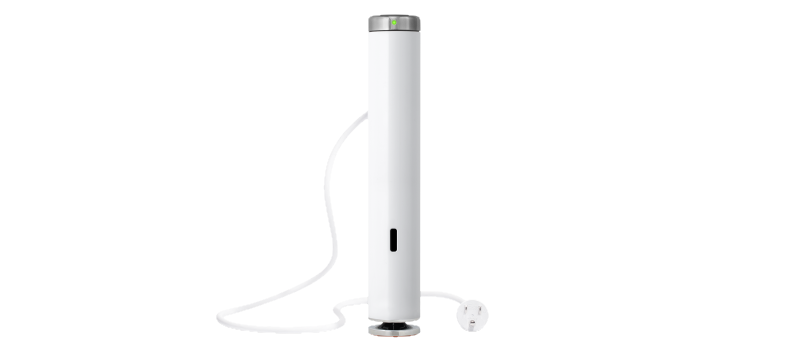
Getting the perfect level of rareness in a steak or beef roast is not impossible with the right amount of planning, experience, and timing. But, even the reverse sear method is not as foolproof as sous vide (hot water immersion). Fortunately, the explosion of Internet-of-Things (IoT) devices has benefited the home kitchen immensely with several network/app connected sous vide options now available on the market. The $200 ChefSteps Joule is not the cheapest option, but its slim form factor and 1100W make it a fantastic option for almost any meal size. While the device works very well, there are also a couple drawbacks to its minimalist design.
Device
The ChefSteps Joule is packaged well in a form fitting sleeved box. Its 11” x 1.85” (280mm x 47mm), 1.28lb (580g) size does not leave much space for external controls or displays, but it should have been possible to put a small LCD on the top that could indicate temperature. One of the few gripes I have with the device. Aside from the small indicator light on the top front, there is no feedback provided and no way to really control it aside from the app. The only interface for physical control provided by the top, acting as a button, and is only used during the initial setup/pairing process. The foot of the device is magnetic, which works very well for shallow baths where the clip would not be suitable, as long as the container is iron based. Water for the 1100W heater intakes just above that “foot” and outputs from the vertical slot above it. The Joule boasts an impressive 0.2F/0.1C temperature accuracy and 208°F (98 °C) maximum temperature for 10+ gallons (40+ liters) of water. I have not validated the capacity claim to that level however, with only a 26 quart (24.6 liter) container being the largest quantity of water tested thus far.
Use
The initial connection to the ChefSteps Joule occurs via Bluetooth before it does the hard sell to connect to 2.4GHz (only) 802.11 Wi-Fi. This works reliably, and makes it easy to update the firmware – which (kudos ChefSteps) is checked, and updated, during the first run experience. The Joule’s connectedness is a great feature, and one of the things I like about it. It does a fantastic job of providing status, time estimates, and completion notifications. But unfortunately, it does appear to require Internet/Cloud connectivity to function at all. Which runs counter to what I expected given the presence of a Bluetooth radio.
Once Wi-Fi connected the Joule app is very easy to use. Whether you just want to get started with an arbitrary temperature, or a more guided experience. These include a wide variety of recipes alongside the suggested temperature and cook time for whatever you are planning to make. My initial interest with sous vide was for perfecting my red meat dishes, but after getting some of those out of the way I have branched out into other types of meat as well. Achieving excellent results by following the app’s suggestions.
After seasoning the meat (or whatever you are cooking), just place it in a plastic bag. I tested both Ziploc and the silicon bags intended specifically for sous vide, and it did not make a difference in results. However, it was a little easier to work with the silicon one. Both when inserting the meat and cleaning it afterwards. The most striking thing about the process is how horrible the meat looks coming out of the bag after reaching the desired temperature. This is expected though; with a good searing as a necessary finishing step. ChefSteps recommends doing this in a pan (cast iron works best), but I found that using the grill was better both for cosmetics and taste. In either case, as long as you do not overdo it with the sear you will get that perfect level of pink (for red meat anyway :)), melt in your mouth, juicy goodness.
Conclusion
I am really happy with the results achieved using the ChefSteps Joule sous vide. It is compact, powerful, and precise. The connected app experience is very polished for both novices and advanced users. But the lack of physical controls/status indicators and a viable disconnected-from-the-Internet experience hamper the otherwise excellent performance of the 1100W $200 sous vide immersion cooker.
Pro:
- Easy to use
- Reliable
- Recipes in app
- Great way to cook all sorts of things, not just beef
- Powerful
Con:
- Limited feedback/interaction outside of the app
- 2.4GHz 802.11 Wi-Fi only
- Bluetooth works for initial pairing, but I was not able to make it work reliably as a Bluetooth only device
- Internet connection dependent
- Expensive

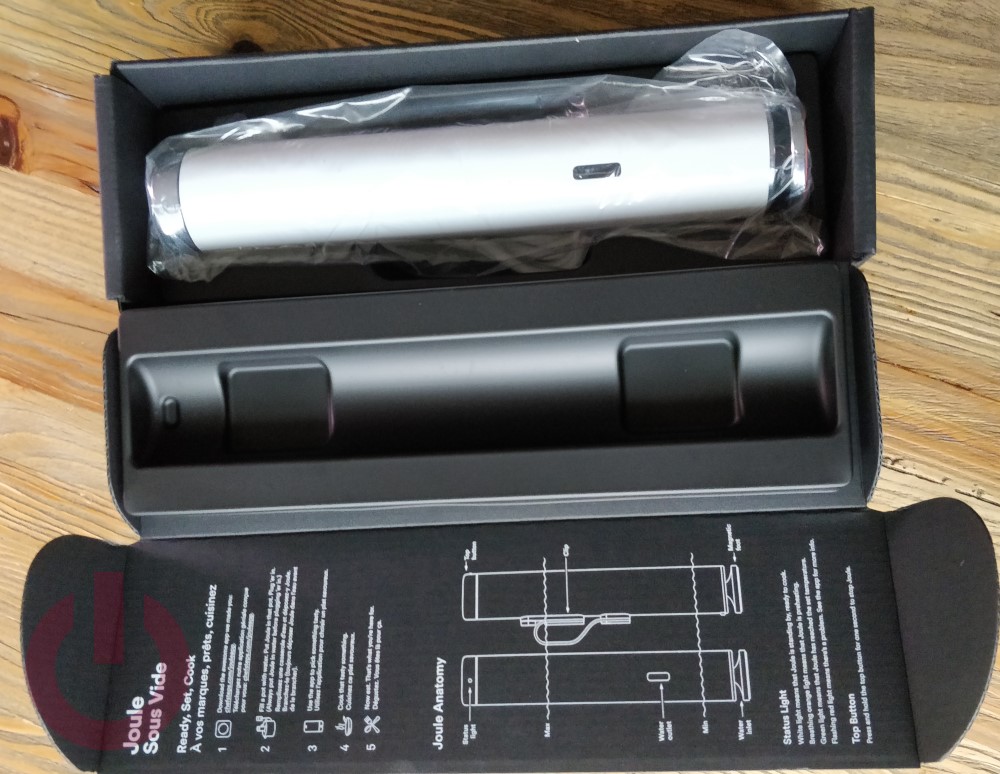
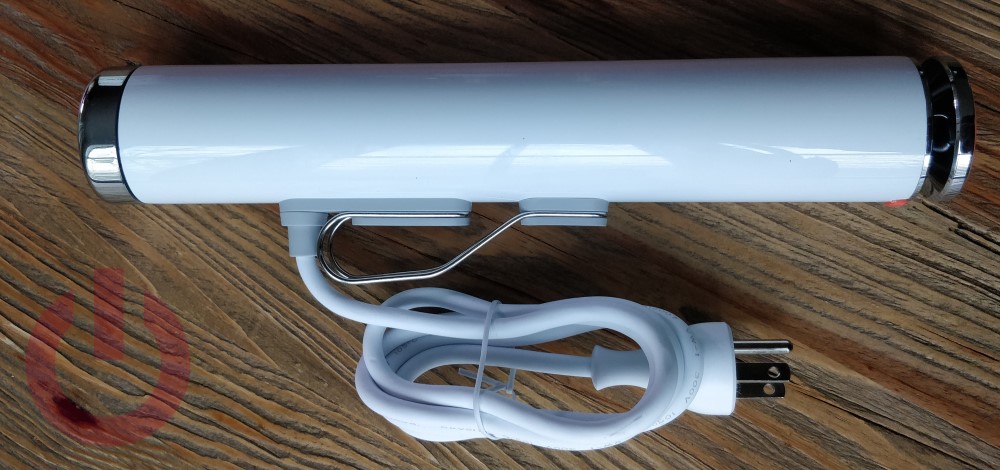

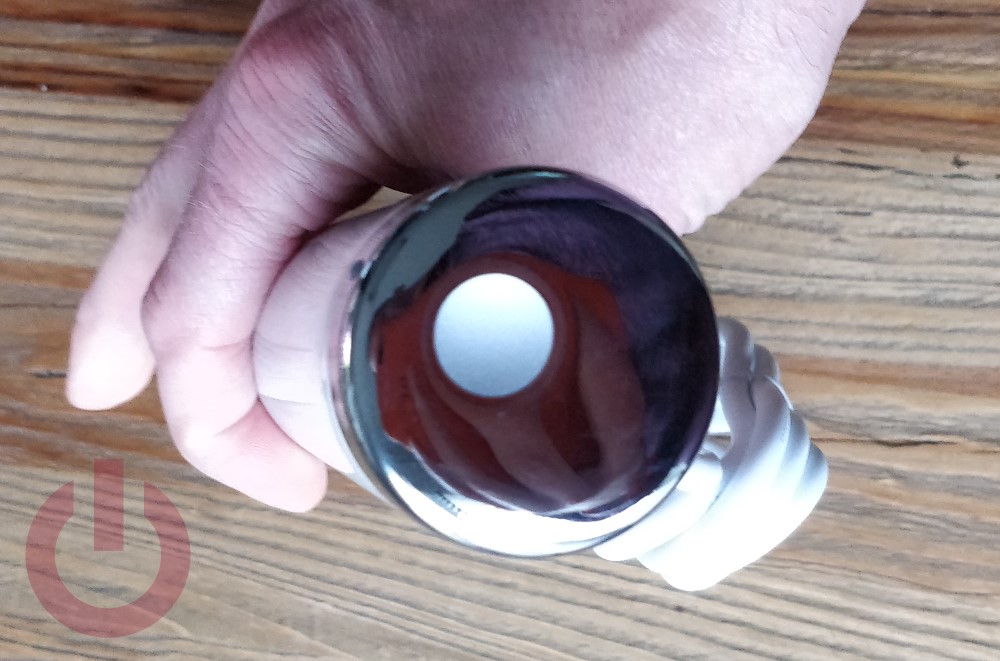
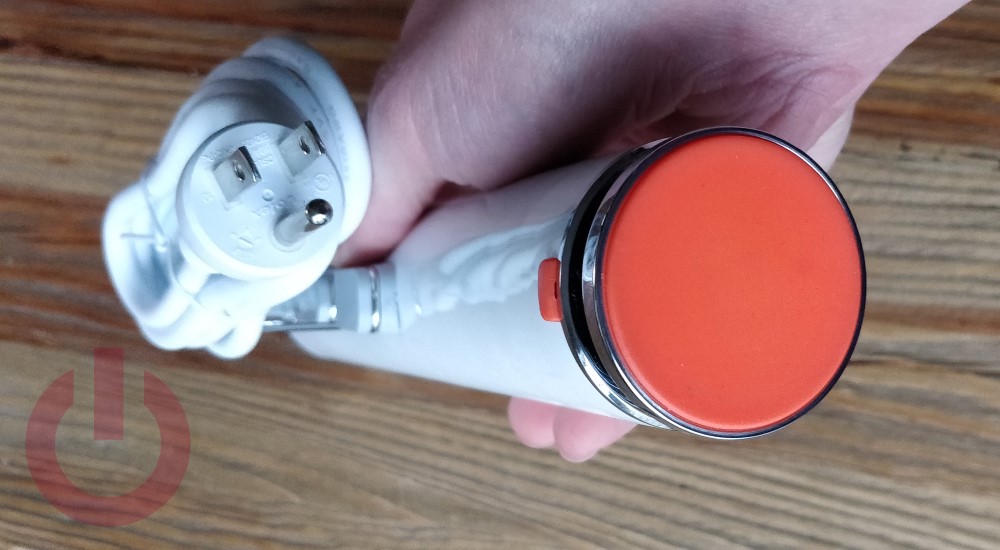
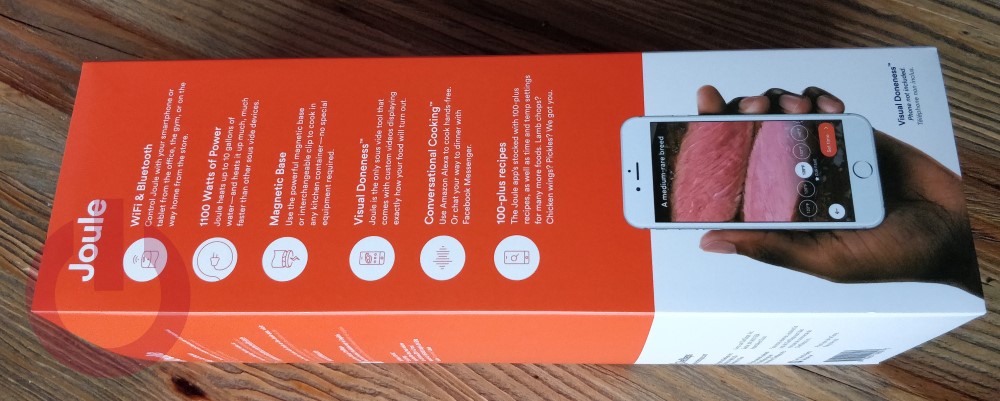
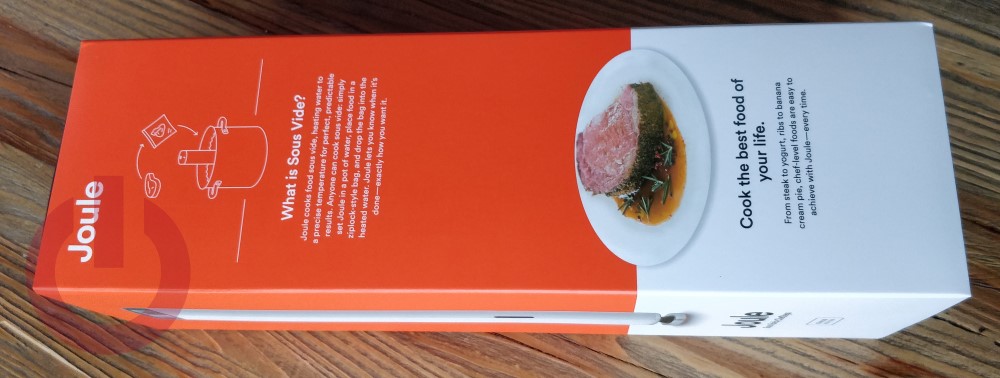
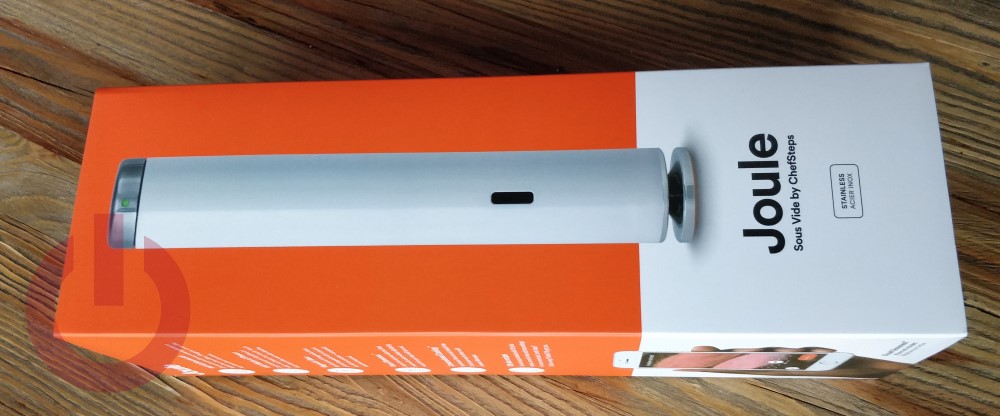
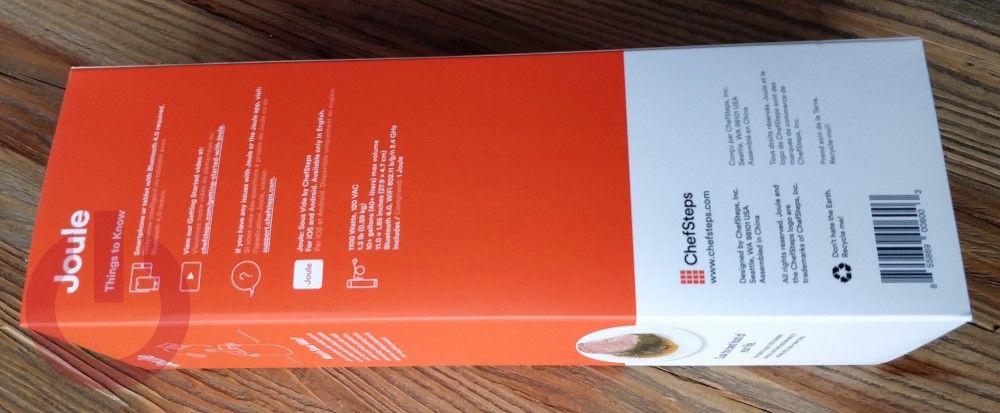
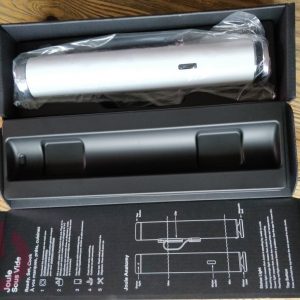
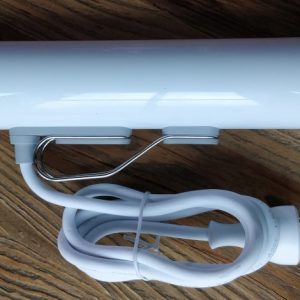

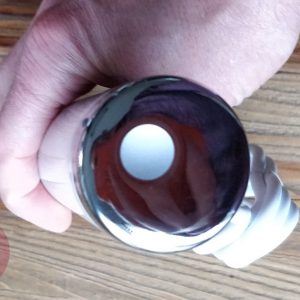
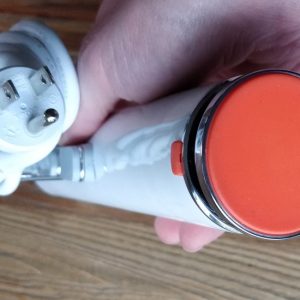



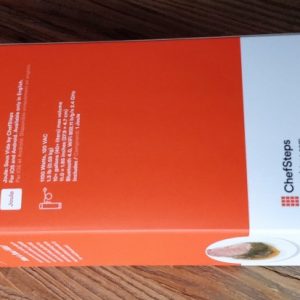
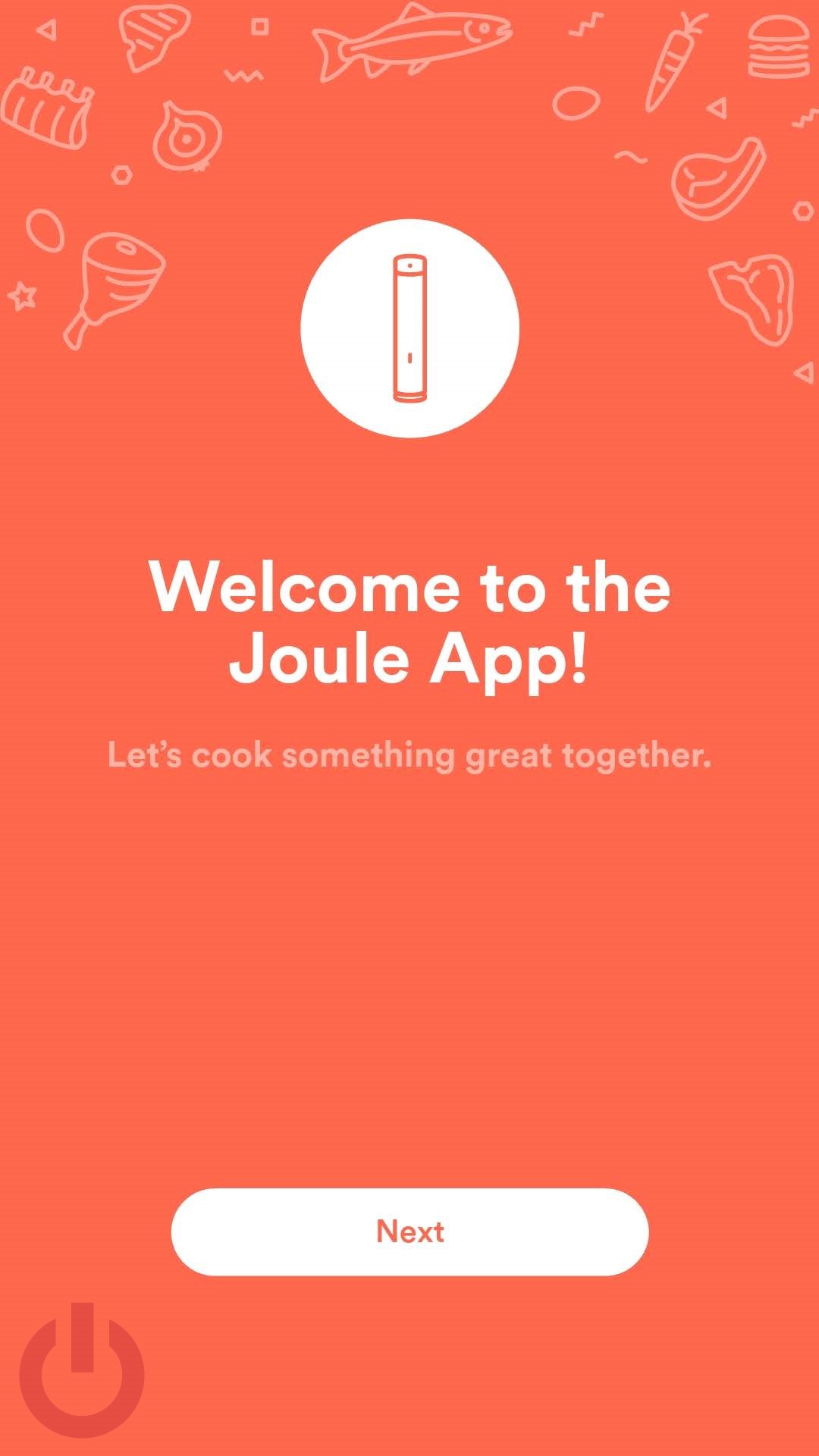
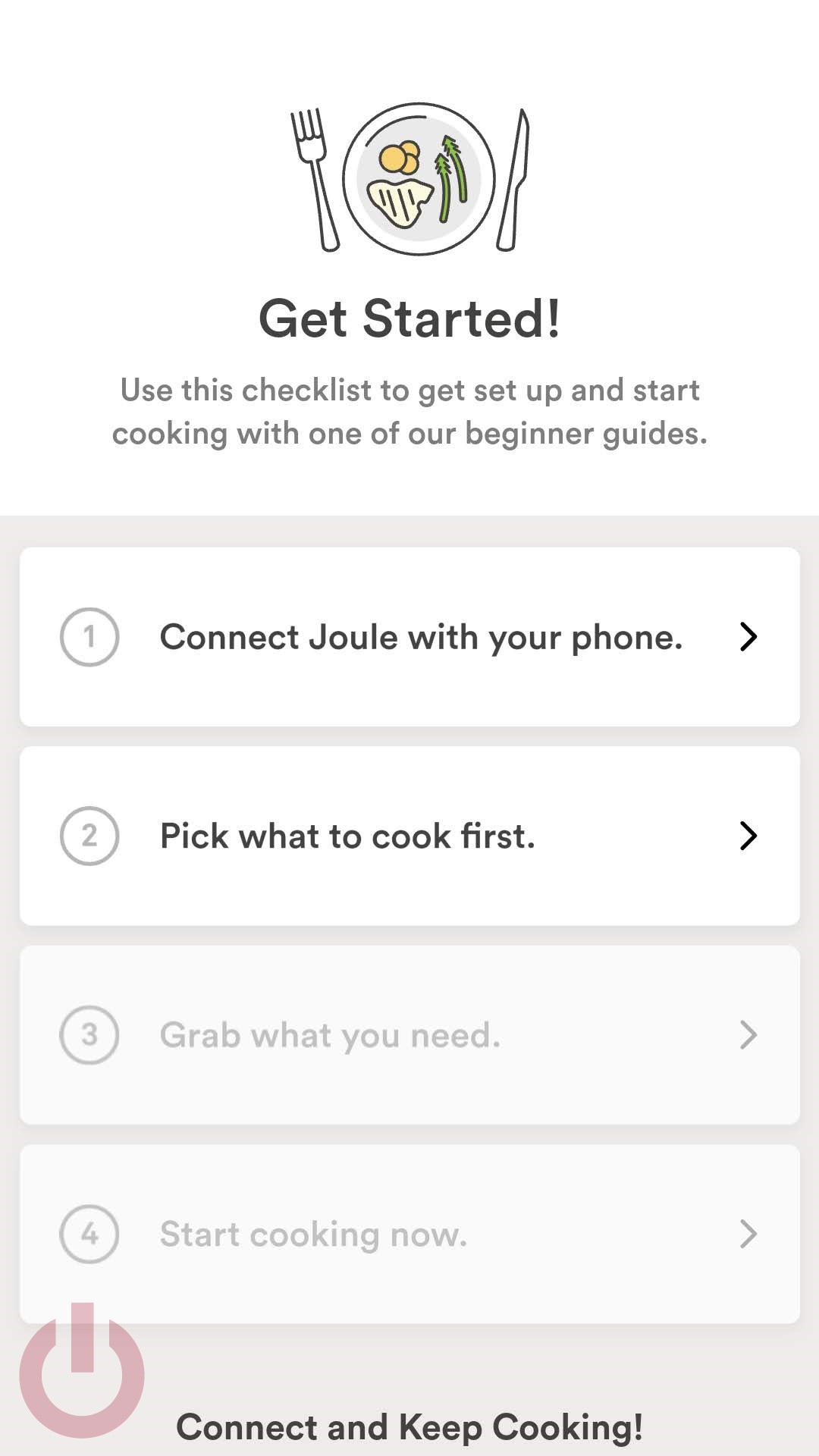
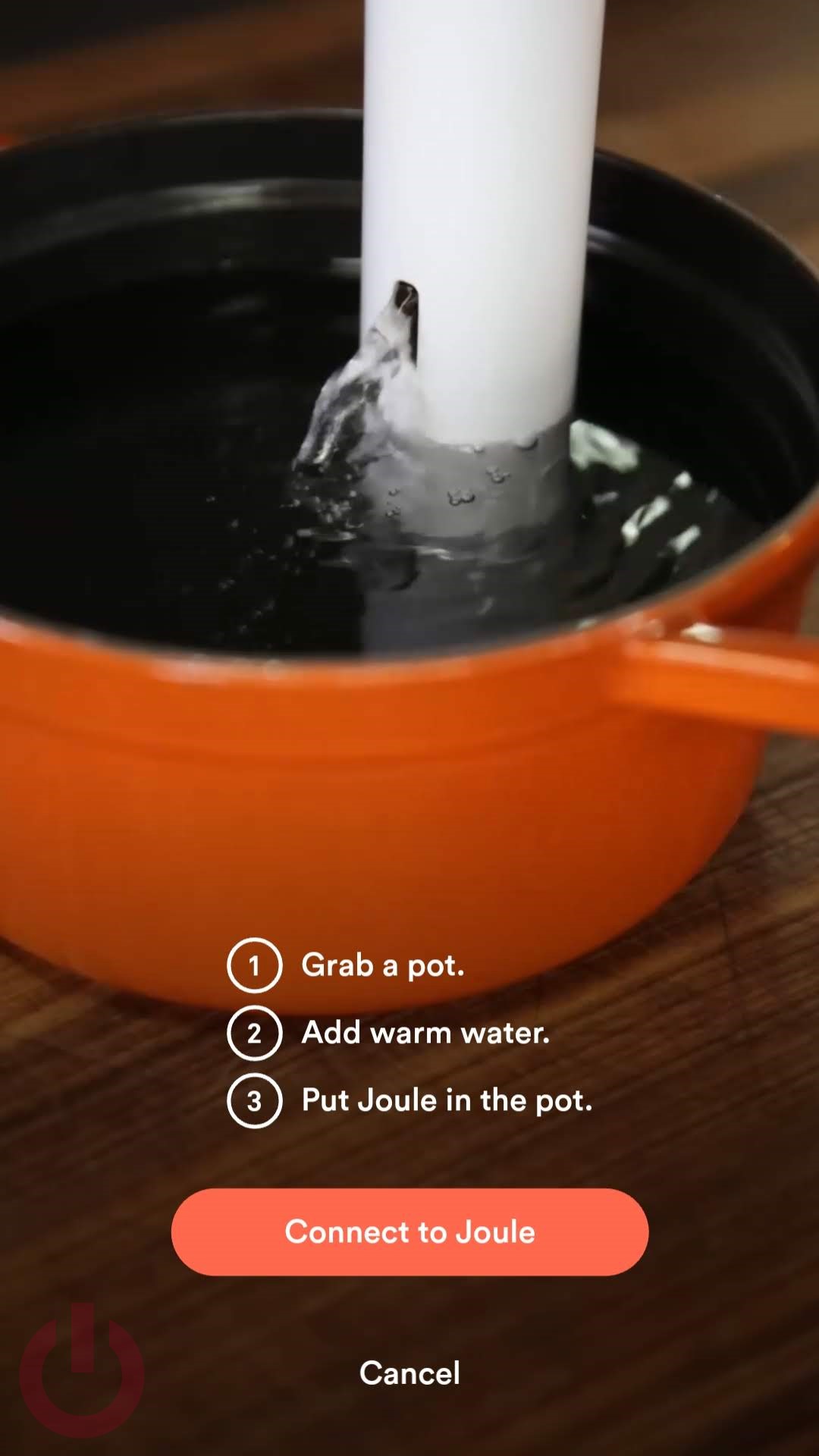
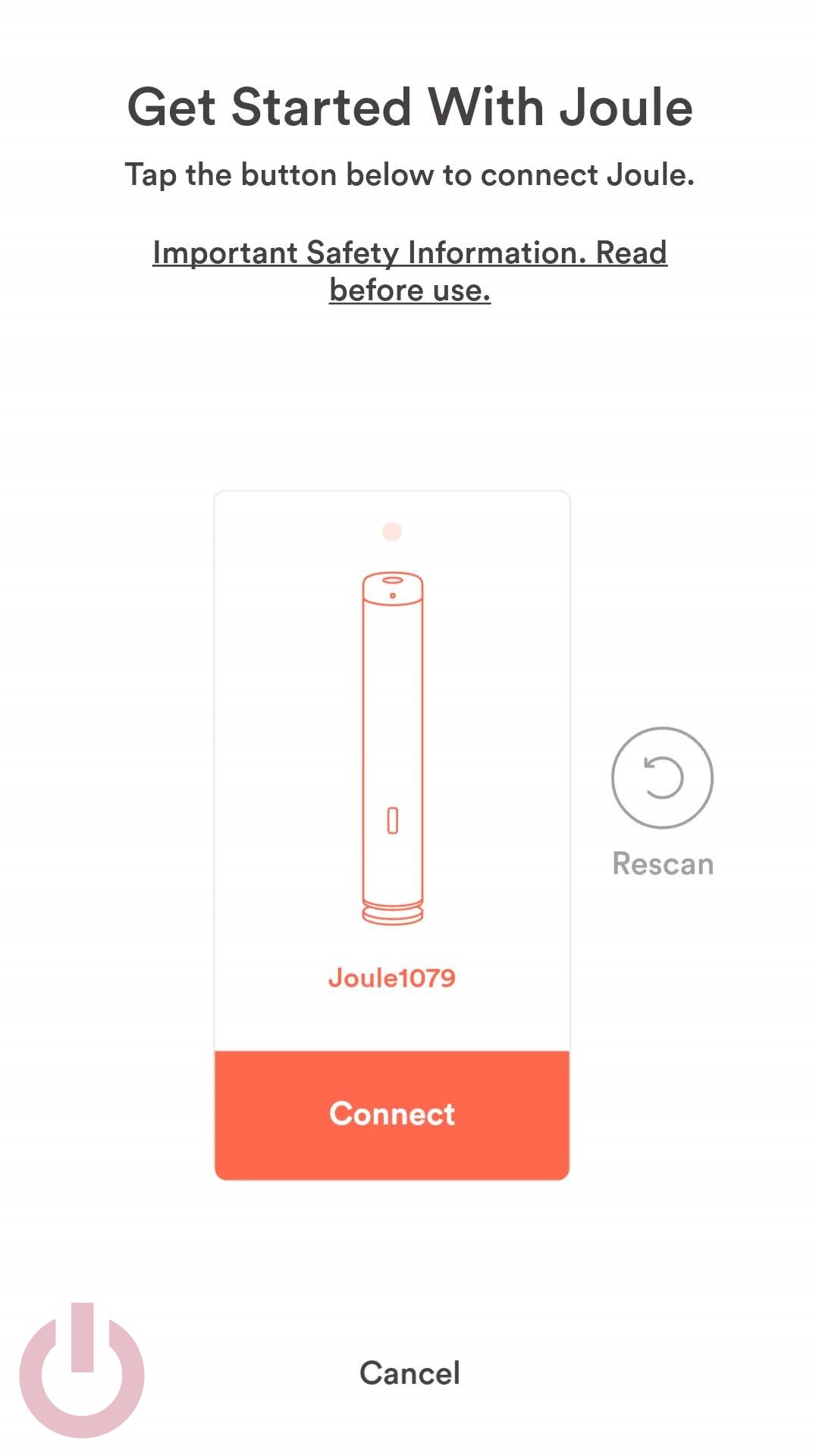
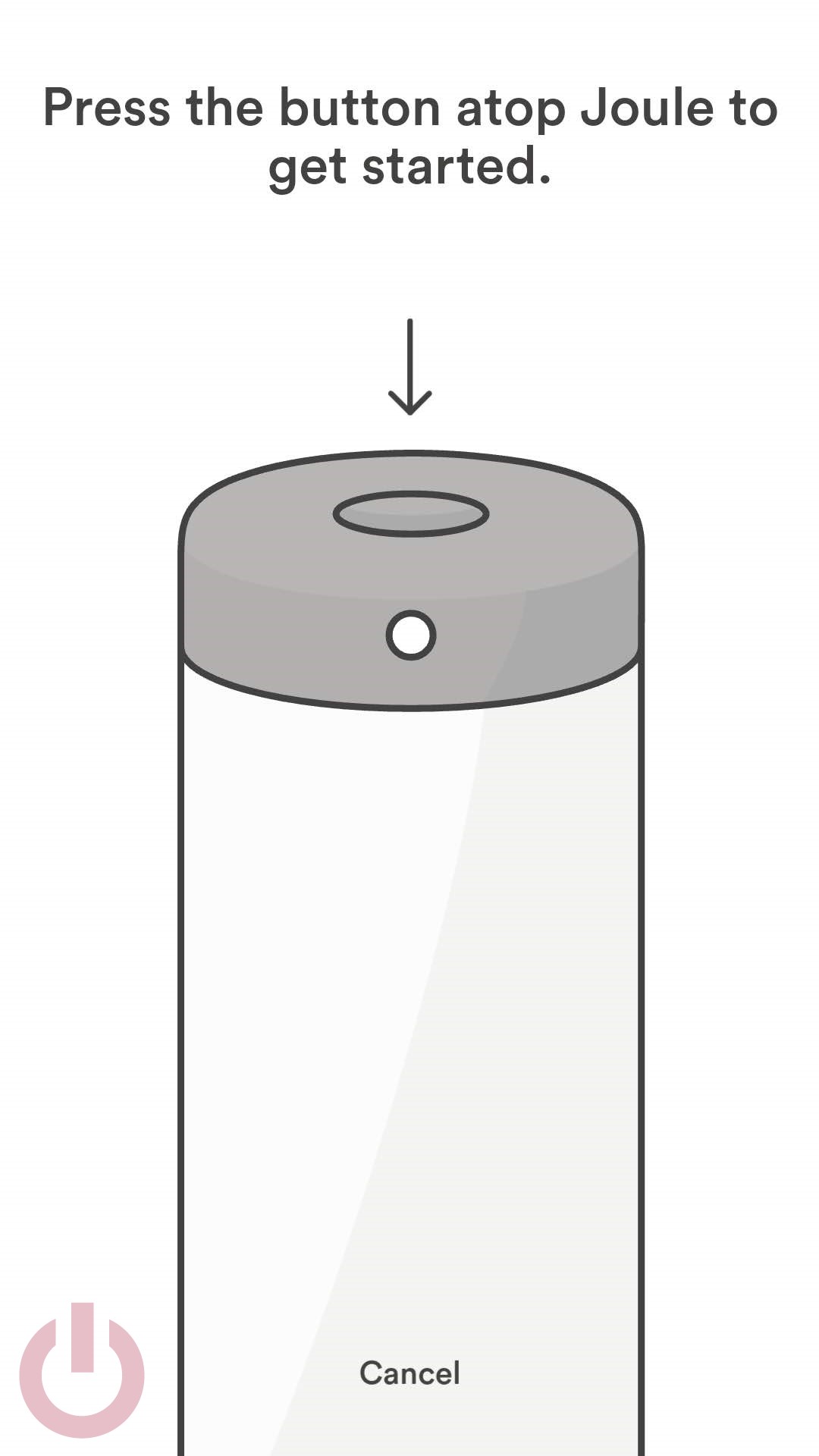
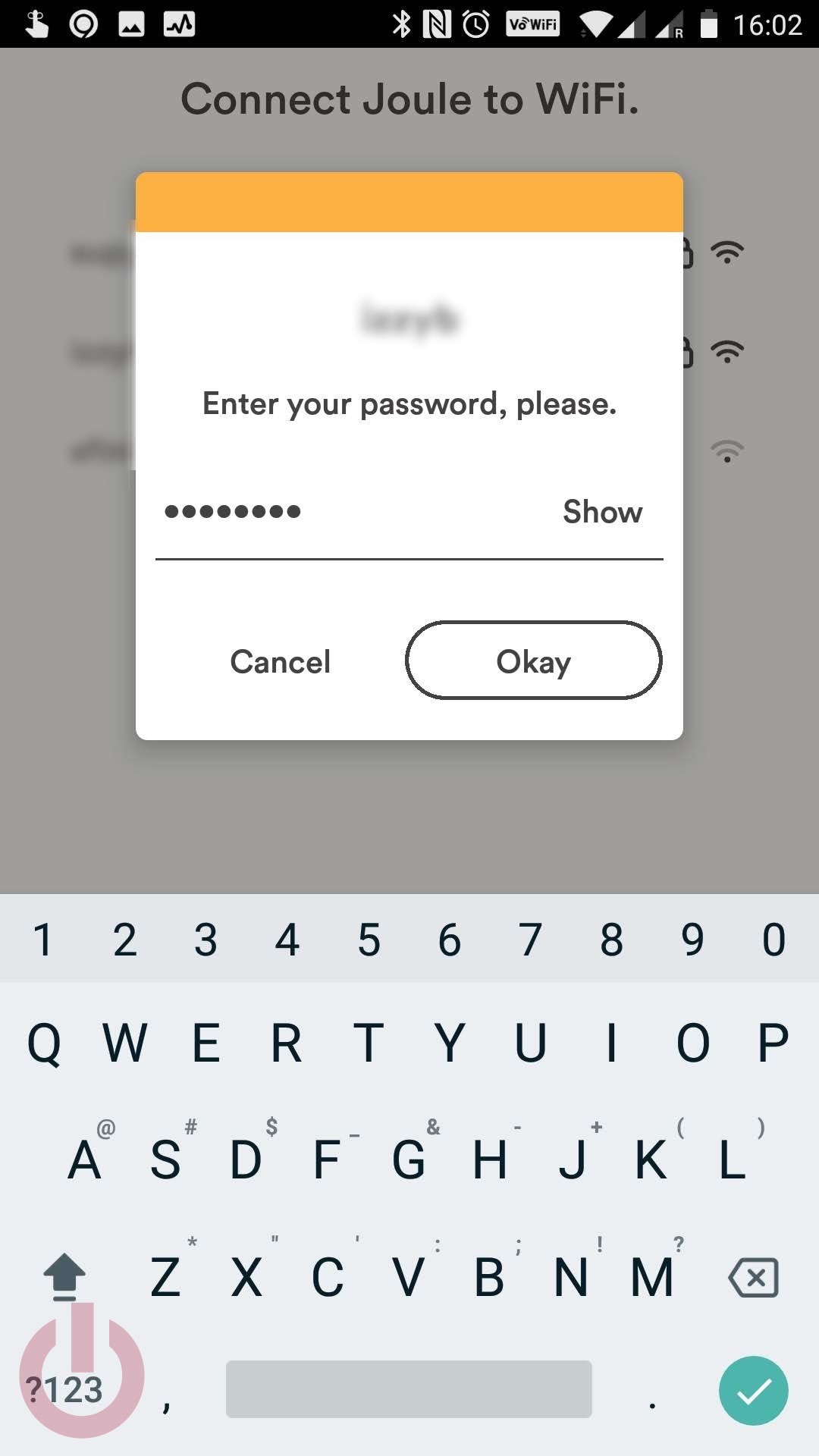

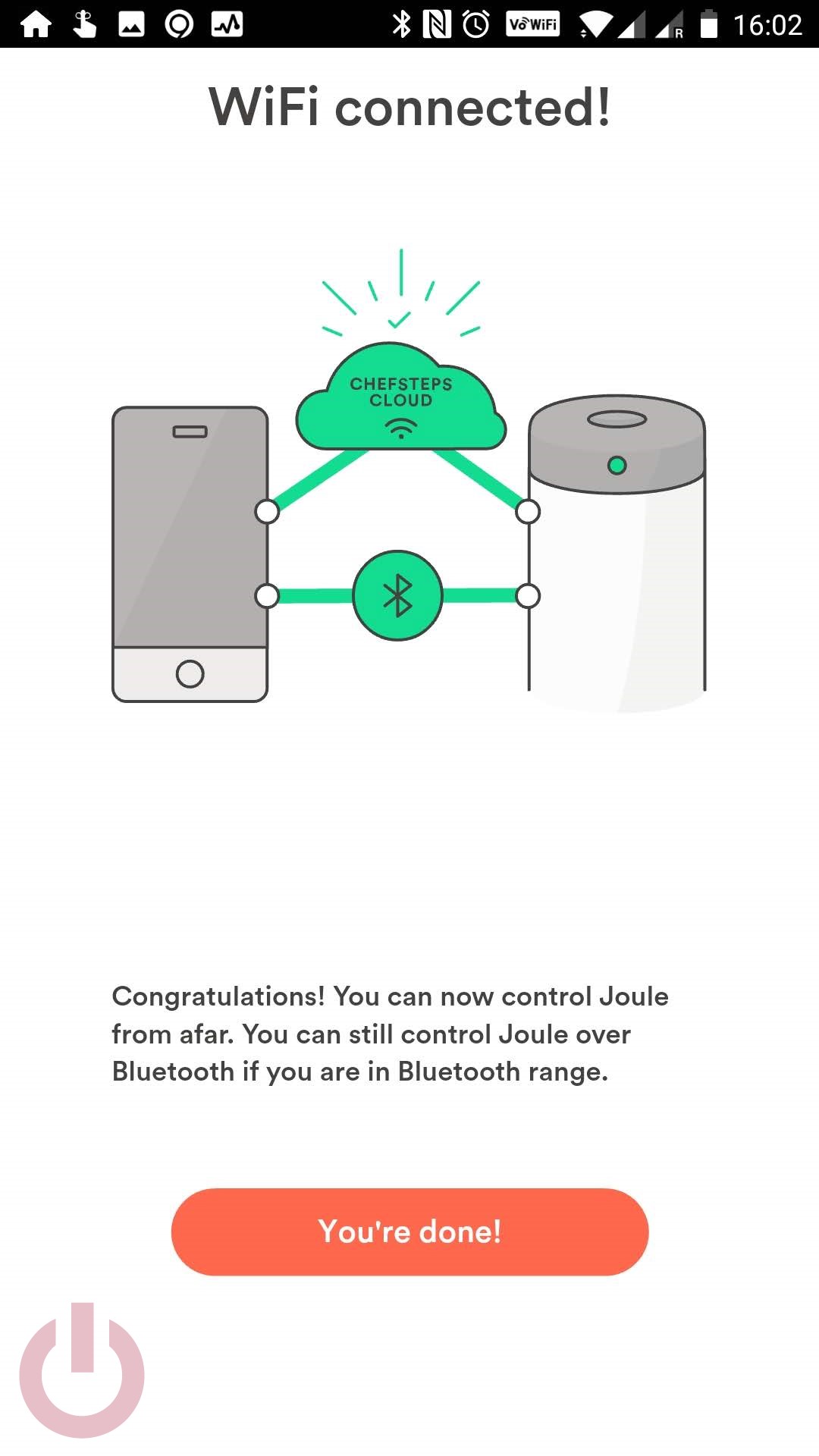
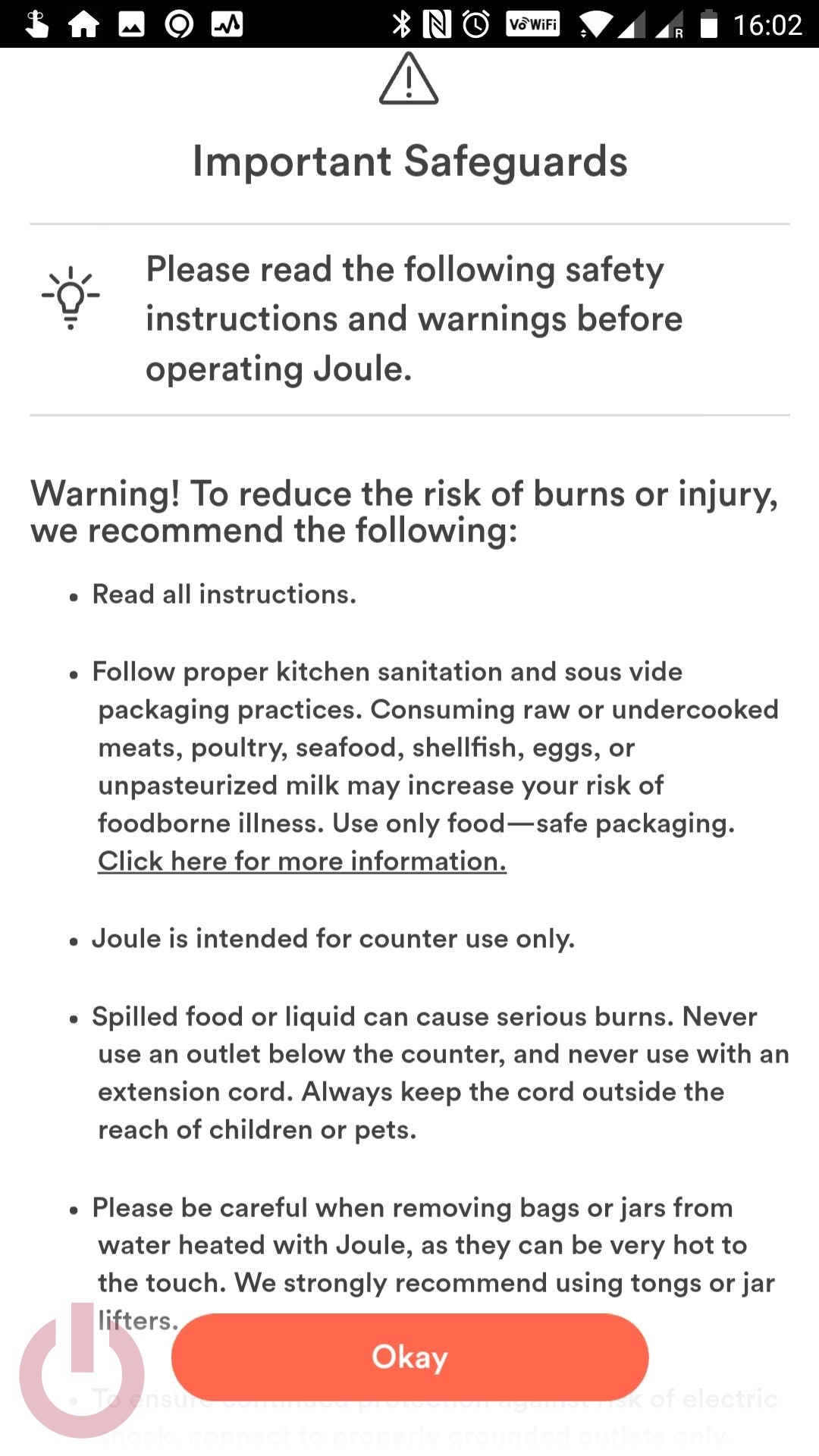
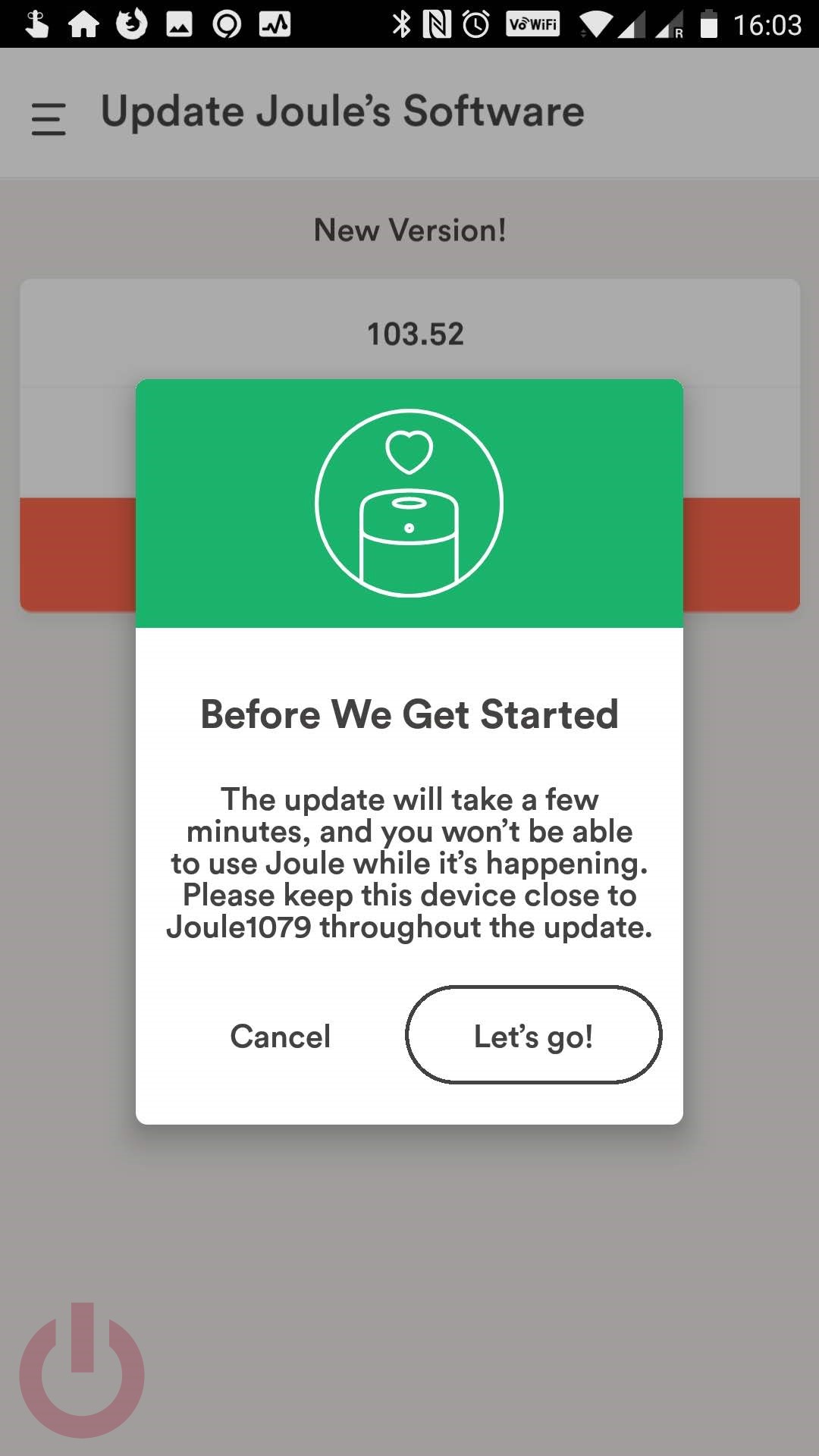
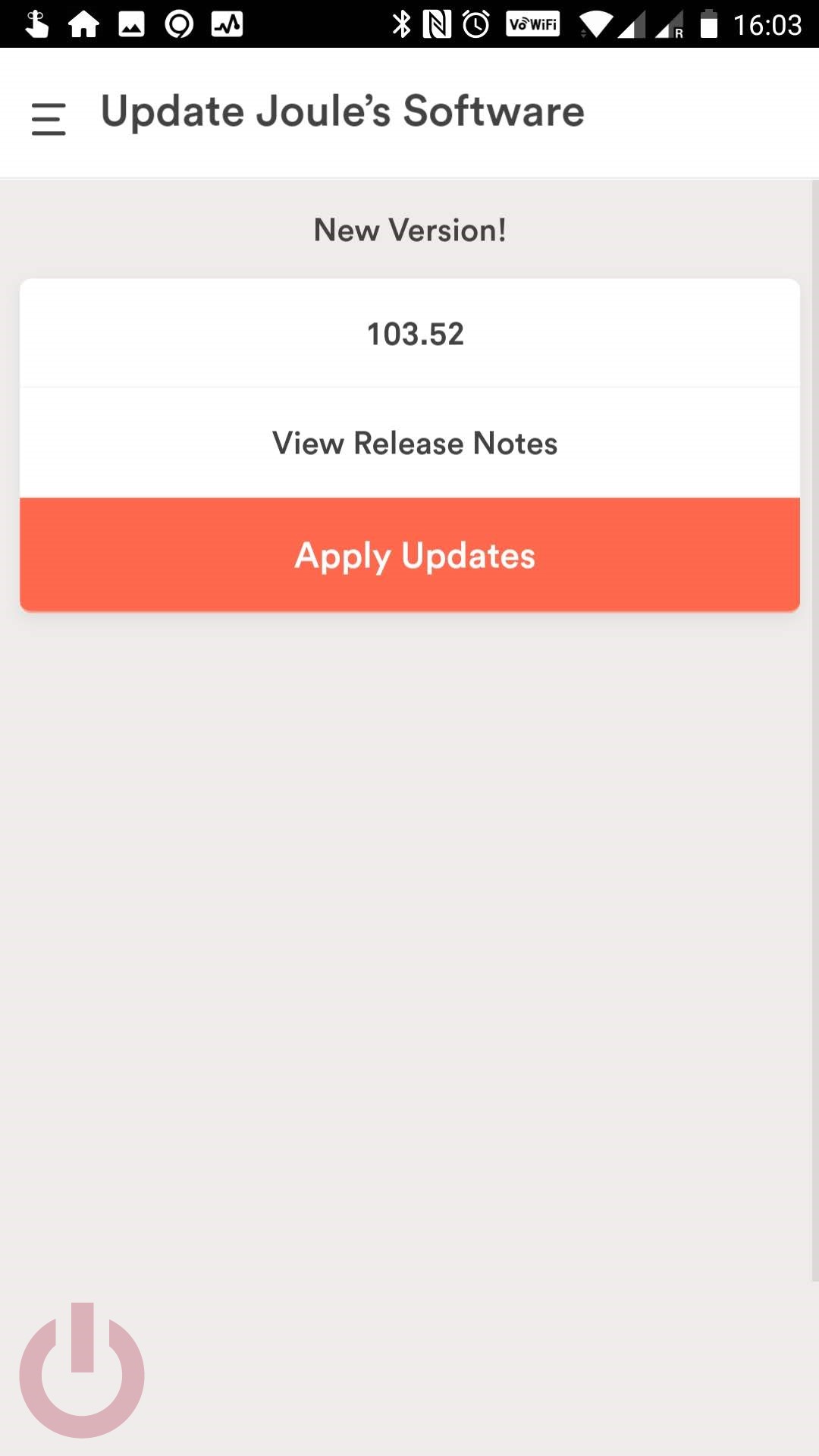

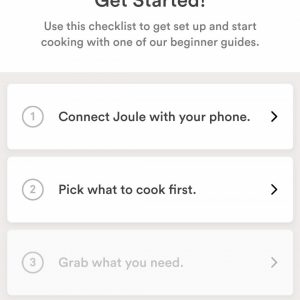
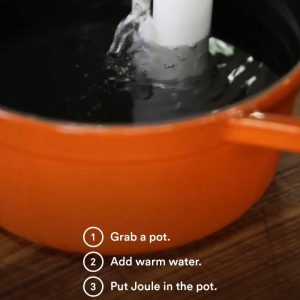
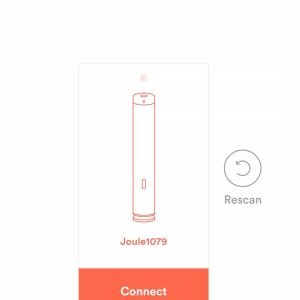
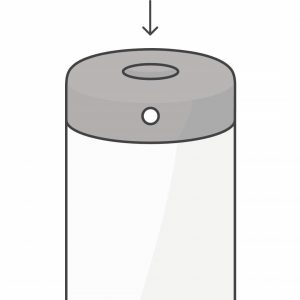
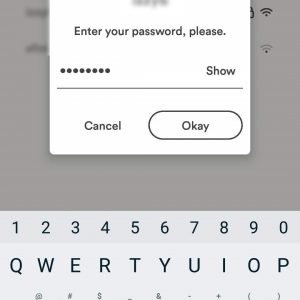

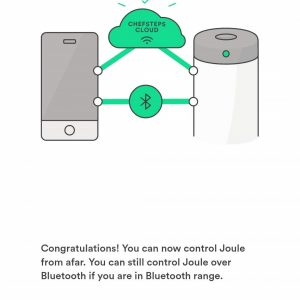
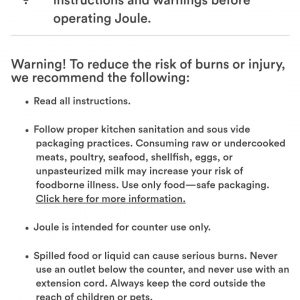

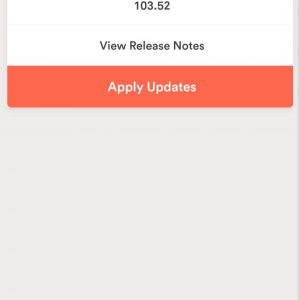
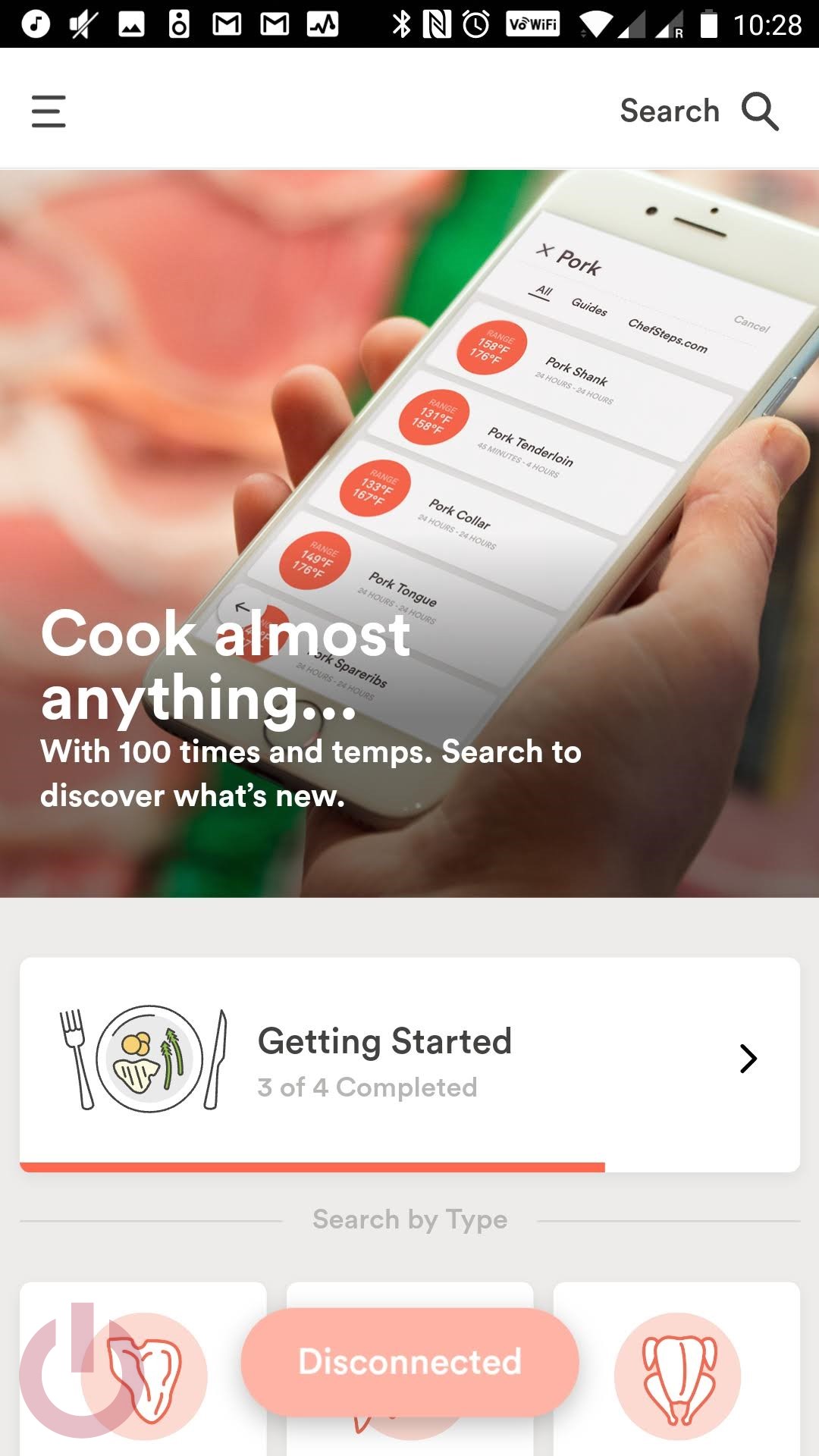
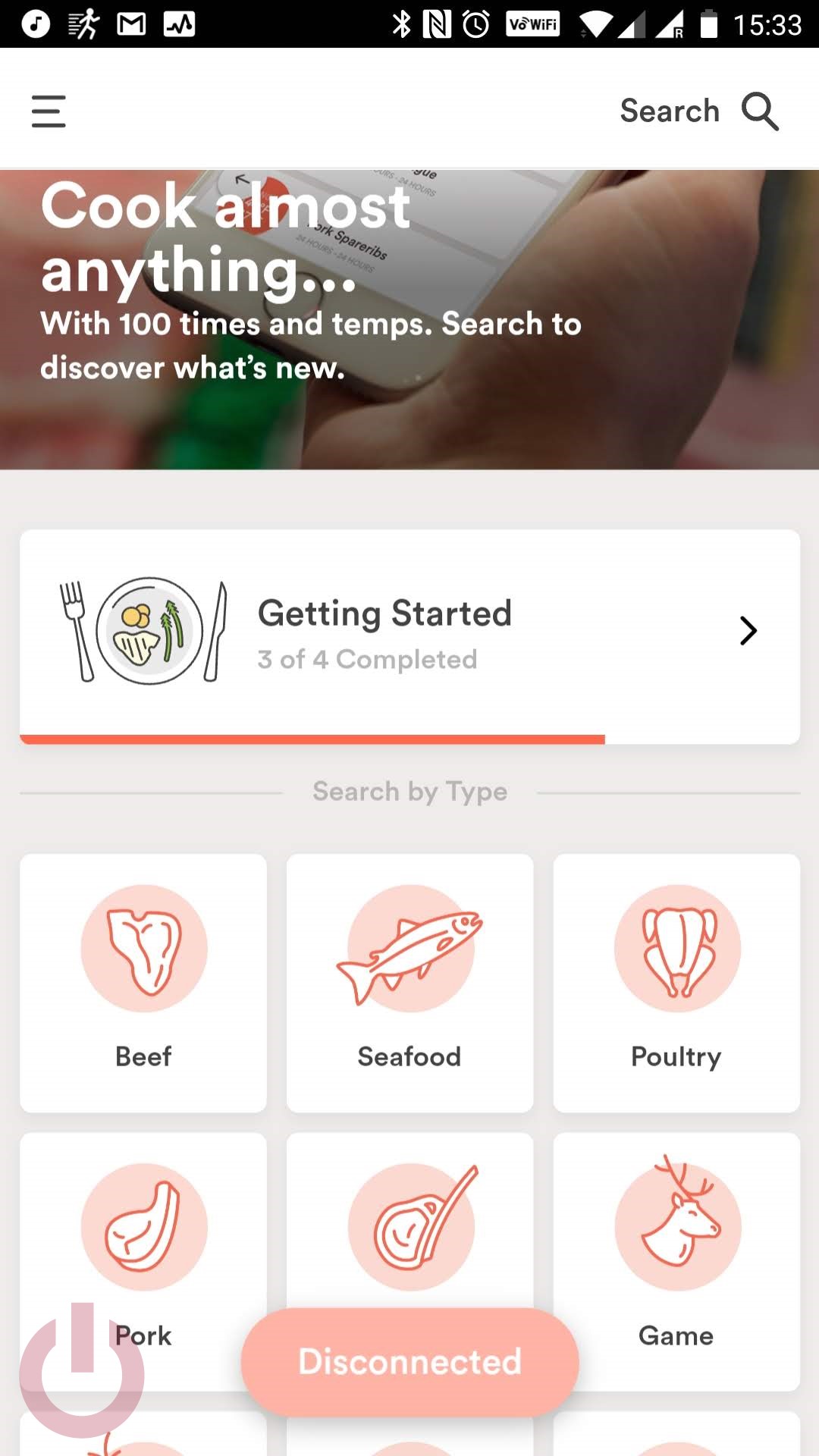
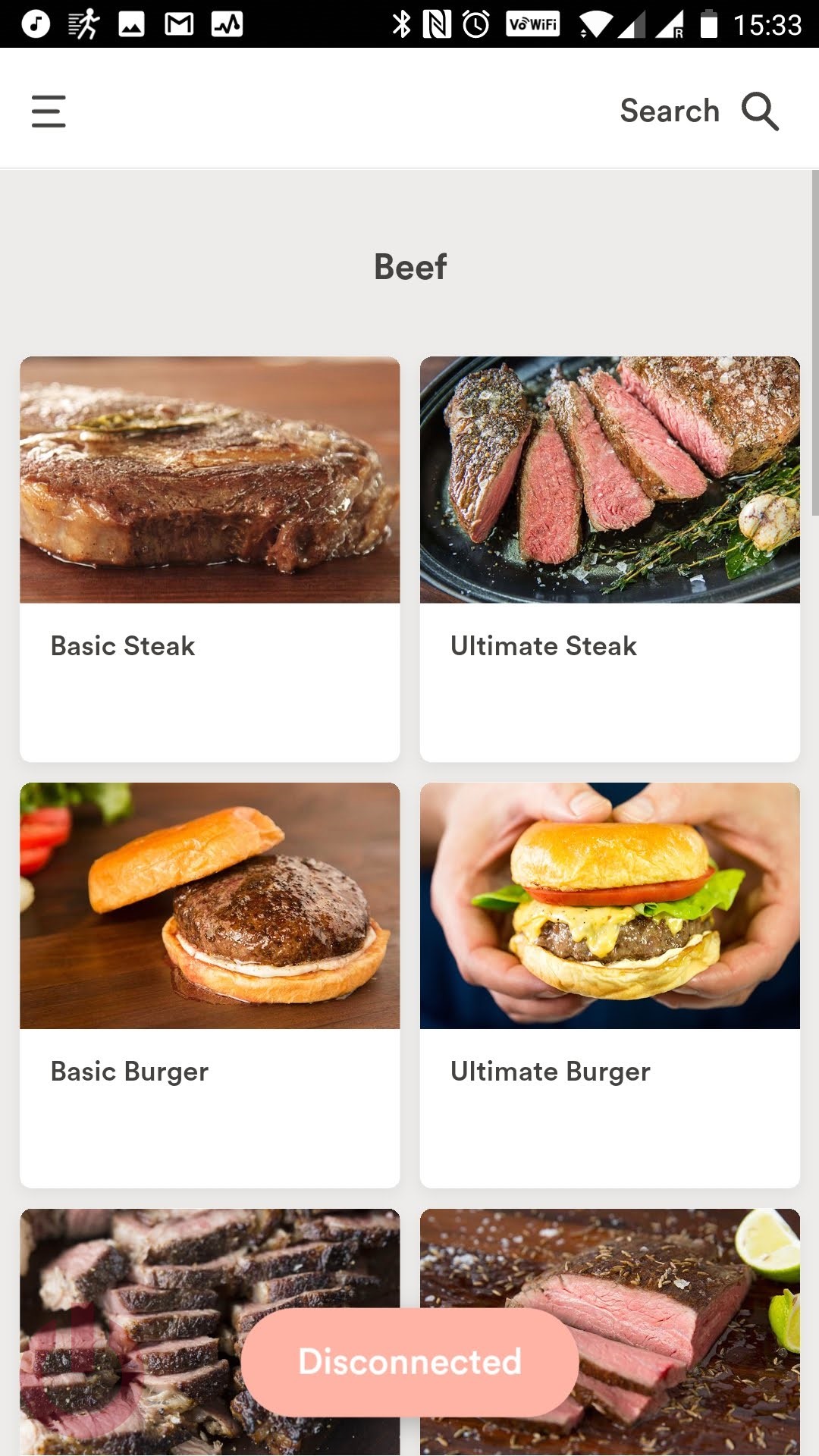
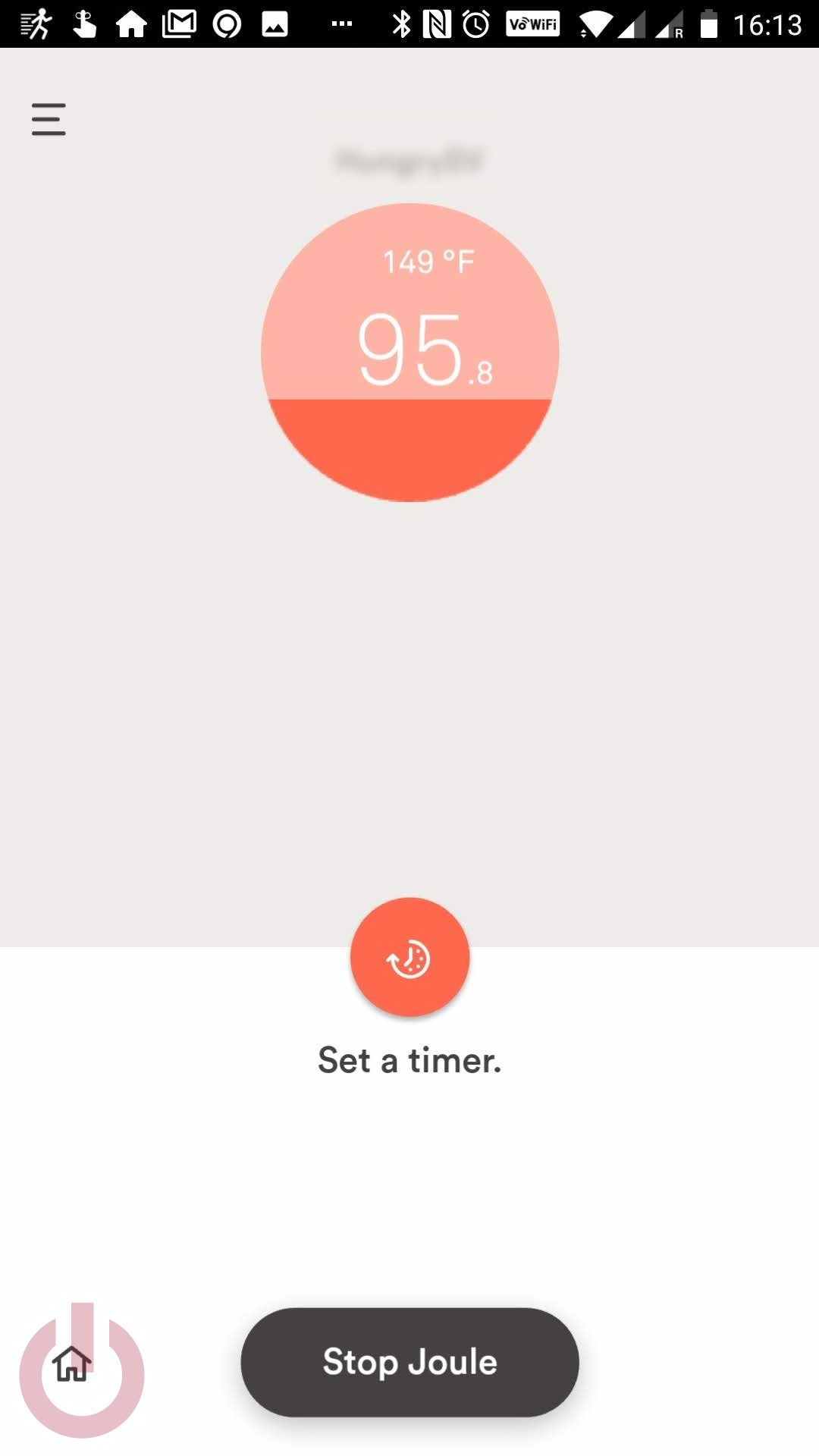
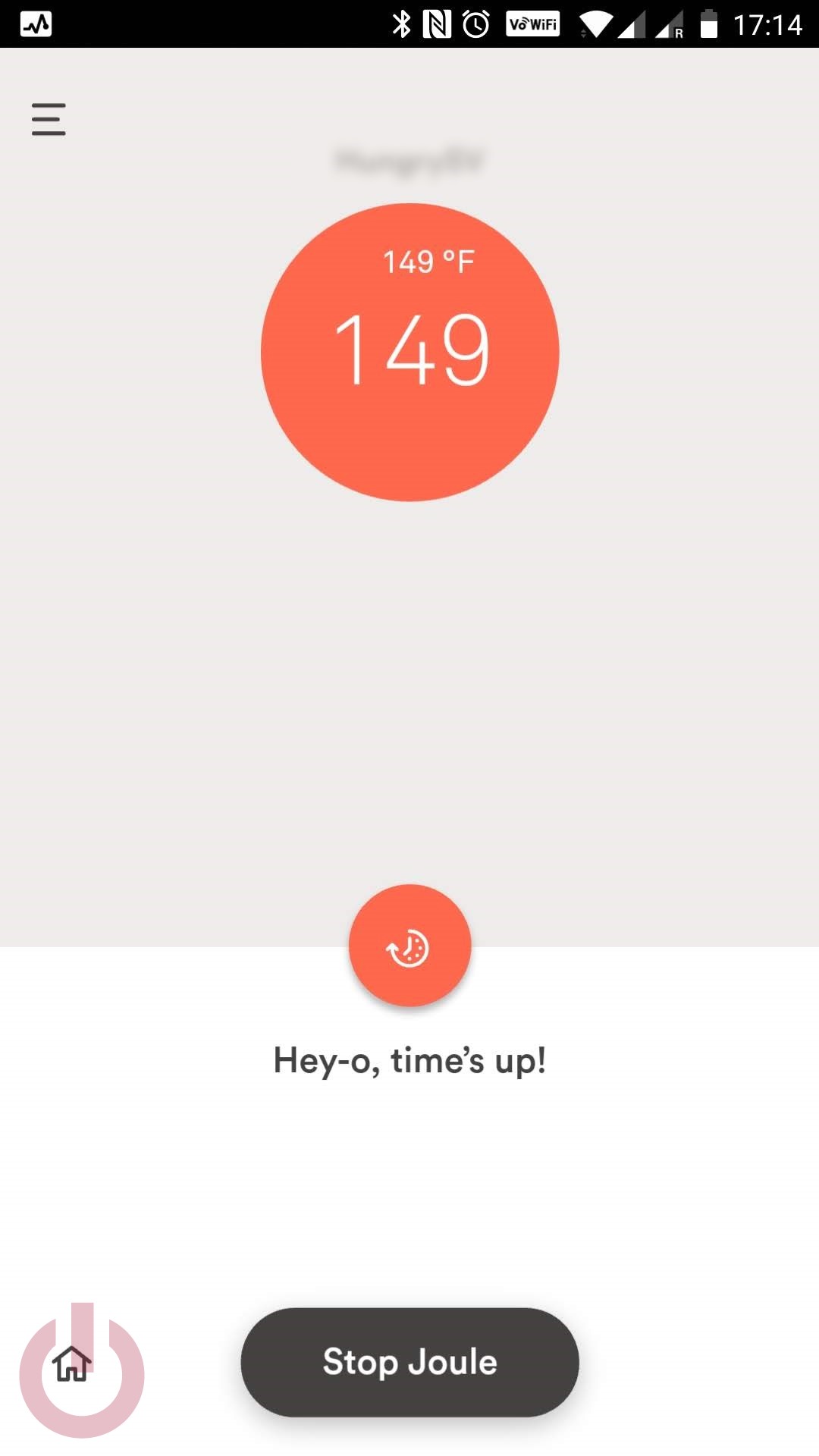
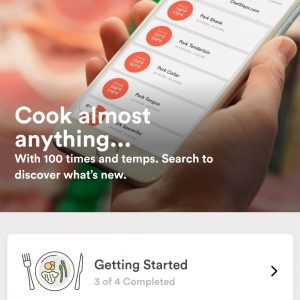
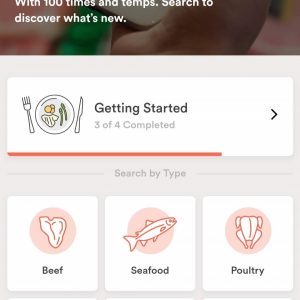
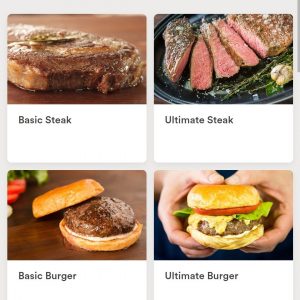
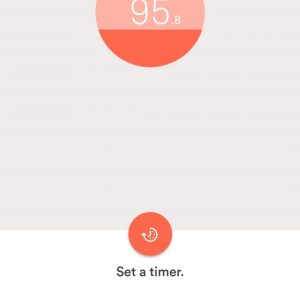
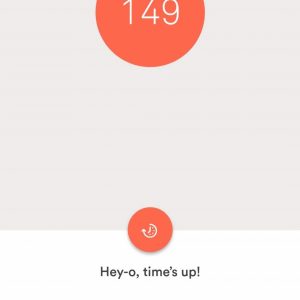
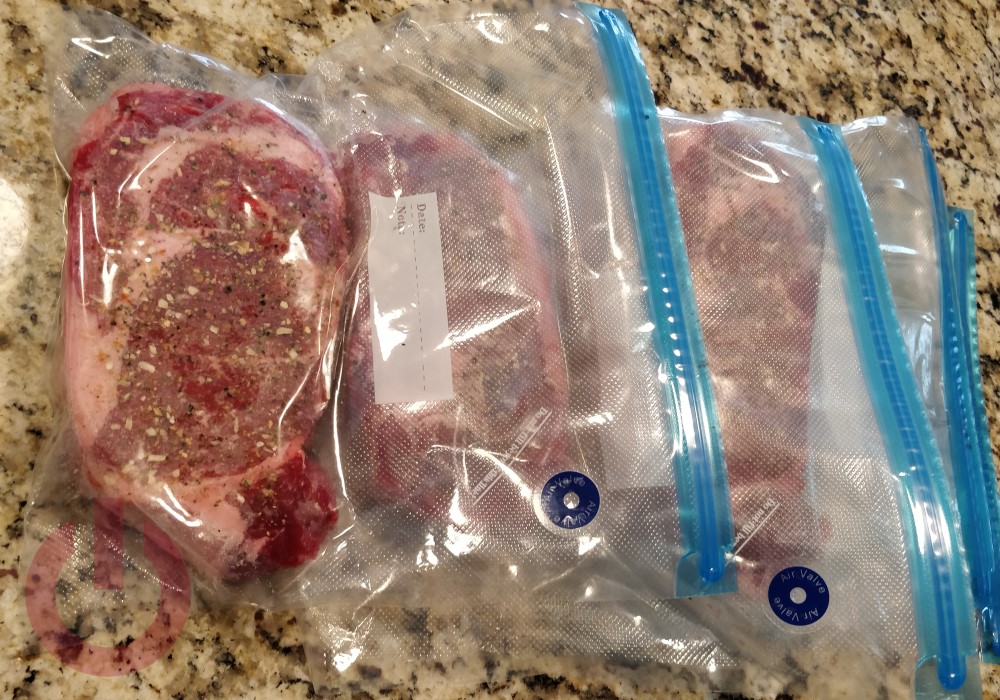
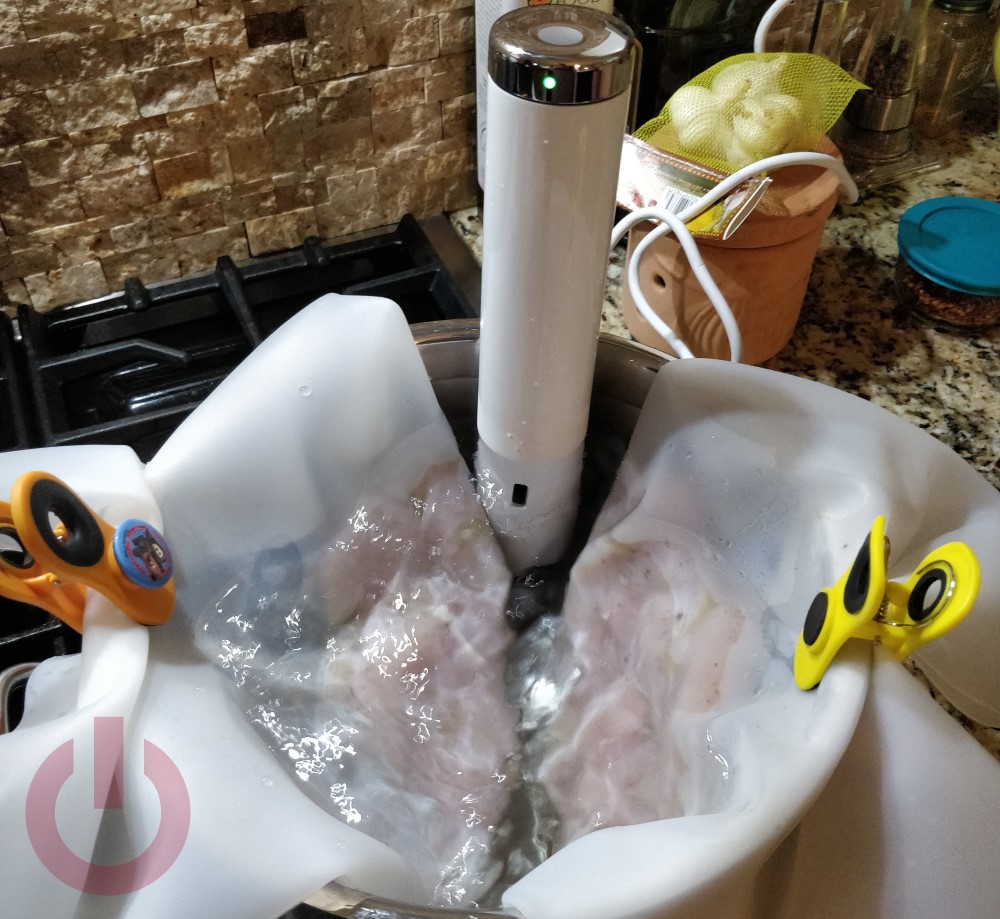
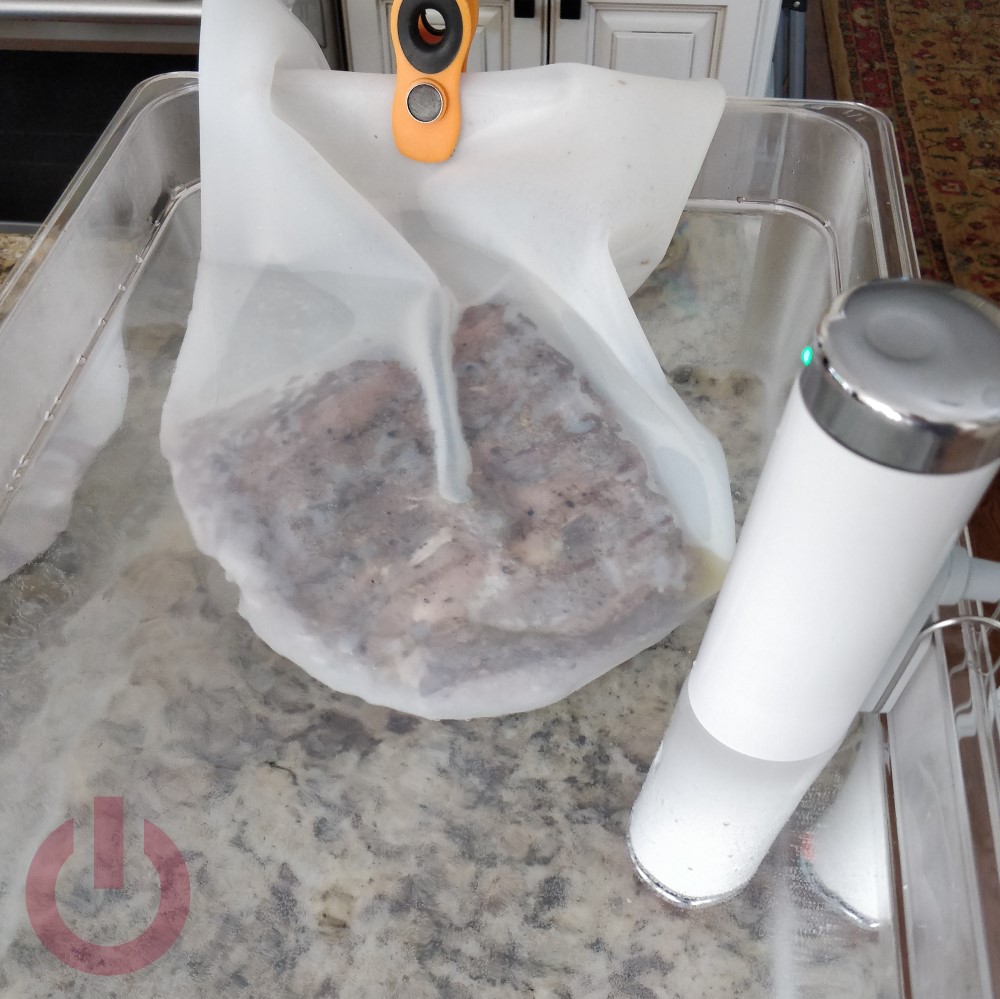
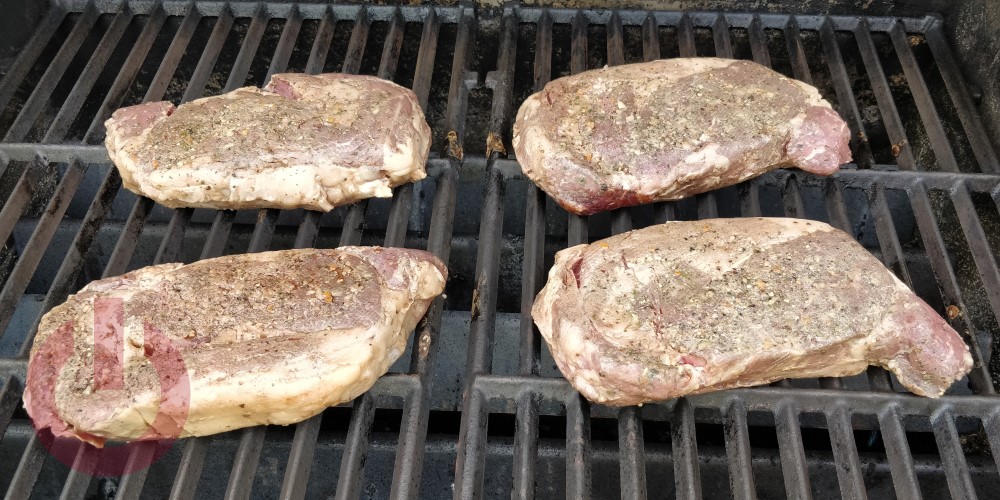
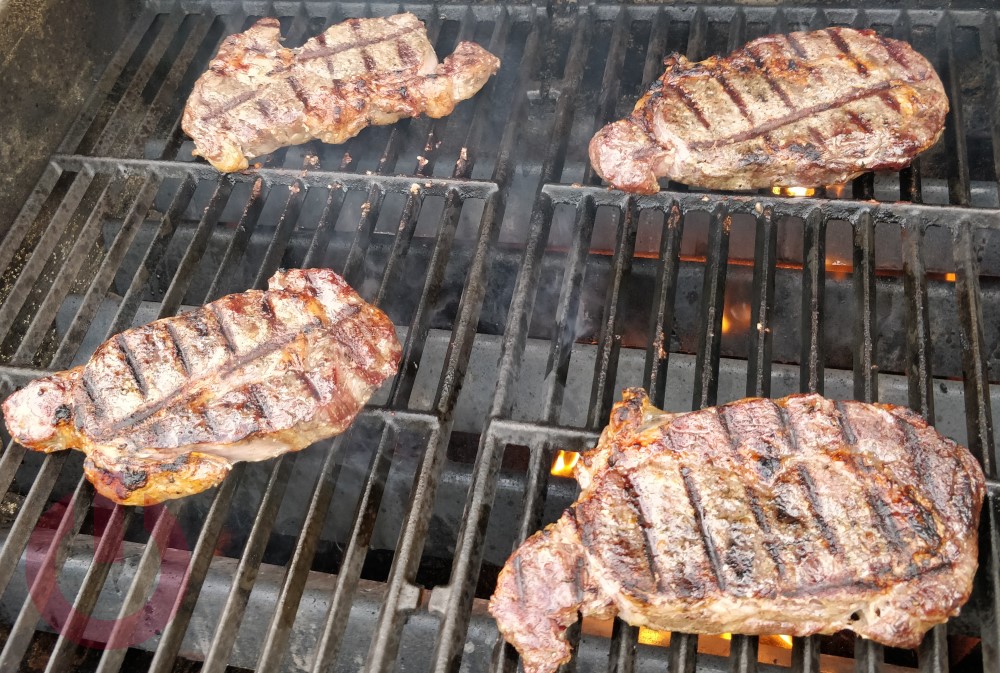
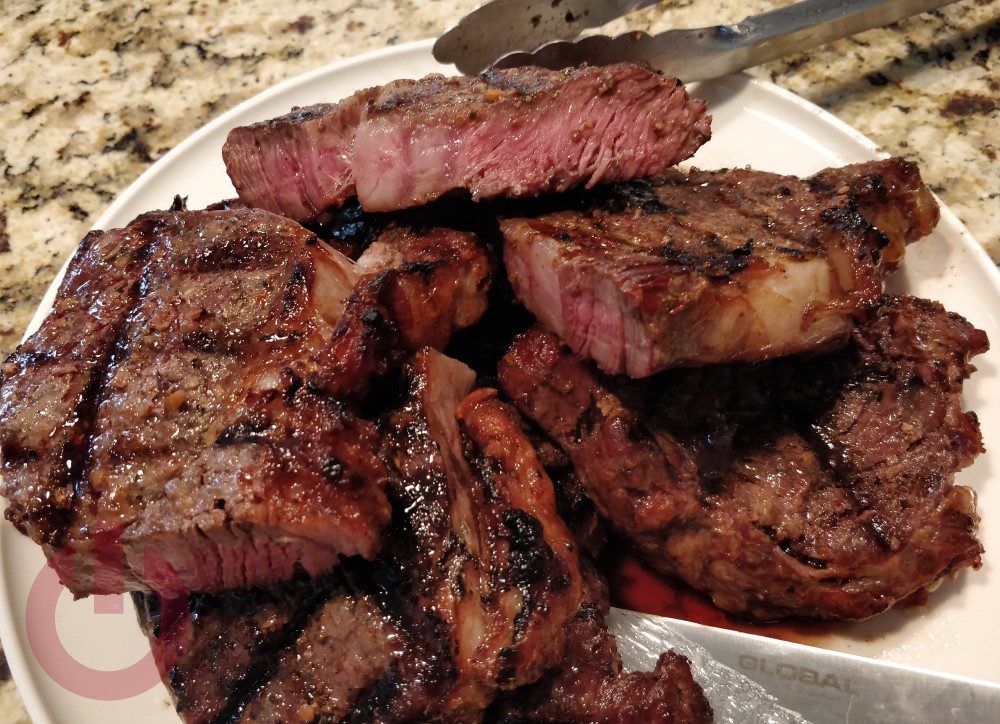
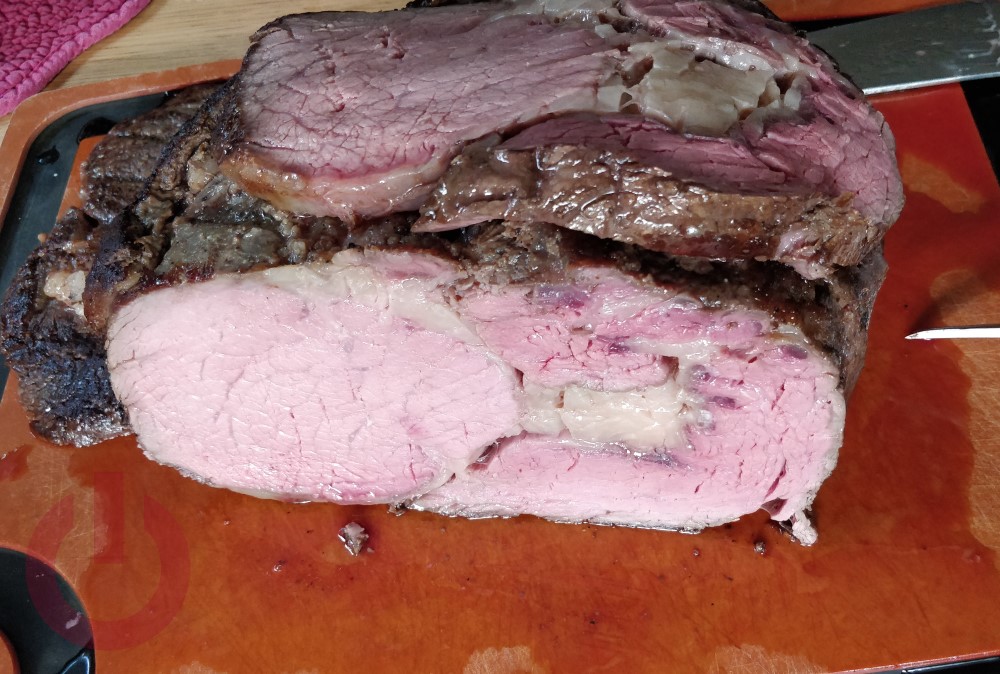
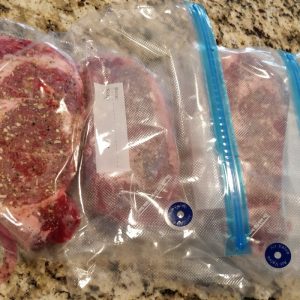
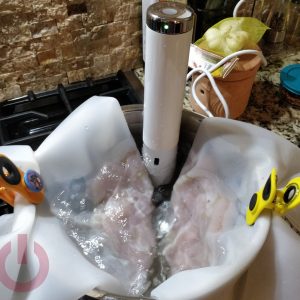
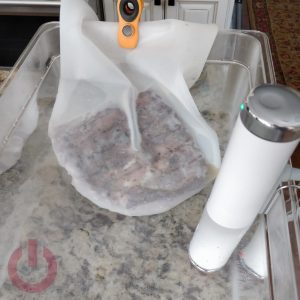
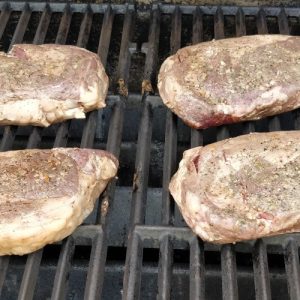
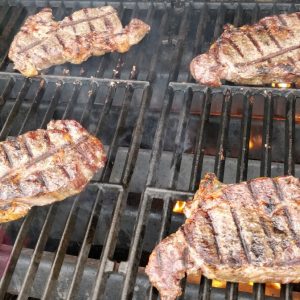
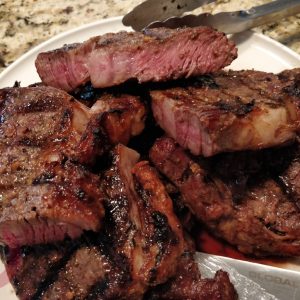
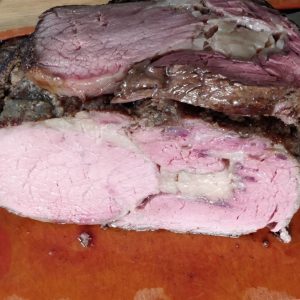


I own the ANOVA version and love it. Don’t use the Bluetooth at all, mostly because it has a direct interface. Another use I’ve found is for homebrewing. you usually need to keep about 10 pounds of barley and several gallons of water at a specified temperature (usually around160 F) for an hour of more. Sous vide sticks like these are perfect for this application.
I find lump charcoal gets hot enough for the sear to work best. Not more than a minute on each side. Also kills it for pulled pork.
Great home brewing idea!